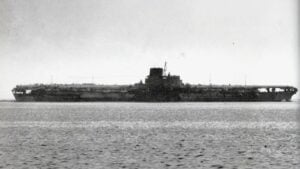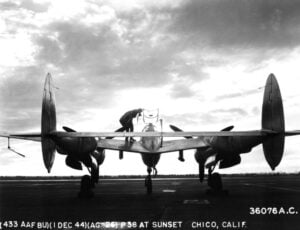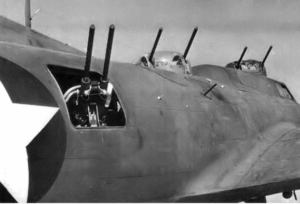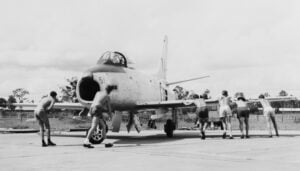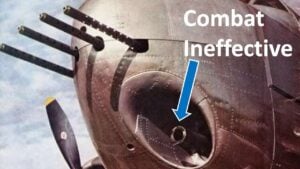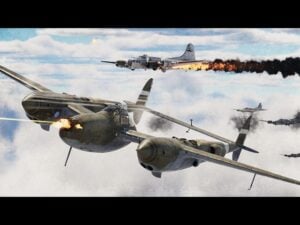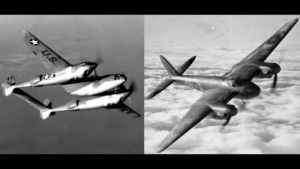How A Stolen Cessna Landed On An Aircraft Carrier
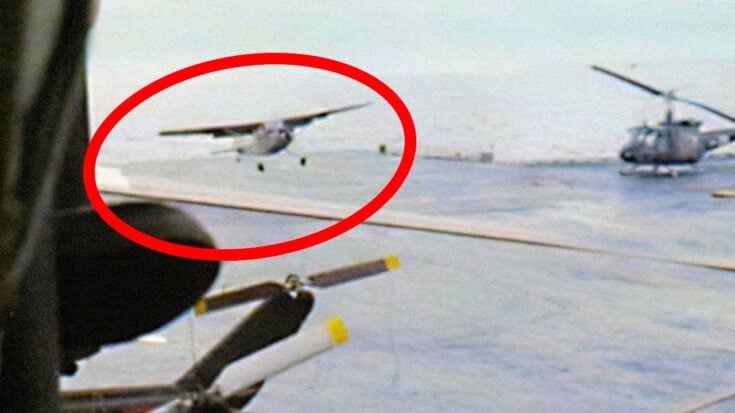
YouTube / Dark Skies
On April 29, 1975, in the final hours of South Vietnam’s collapse, Major Buang Ly made a decision that became one of the most extraordinary moments in aviation history. As communist forces closed in on Con Son Island, he loaded his wife and five children into a tiny Cessna O-1 Bird Dog and took off with no instruments, no life vests, and almost no fuel.
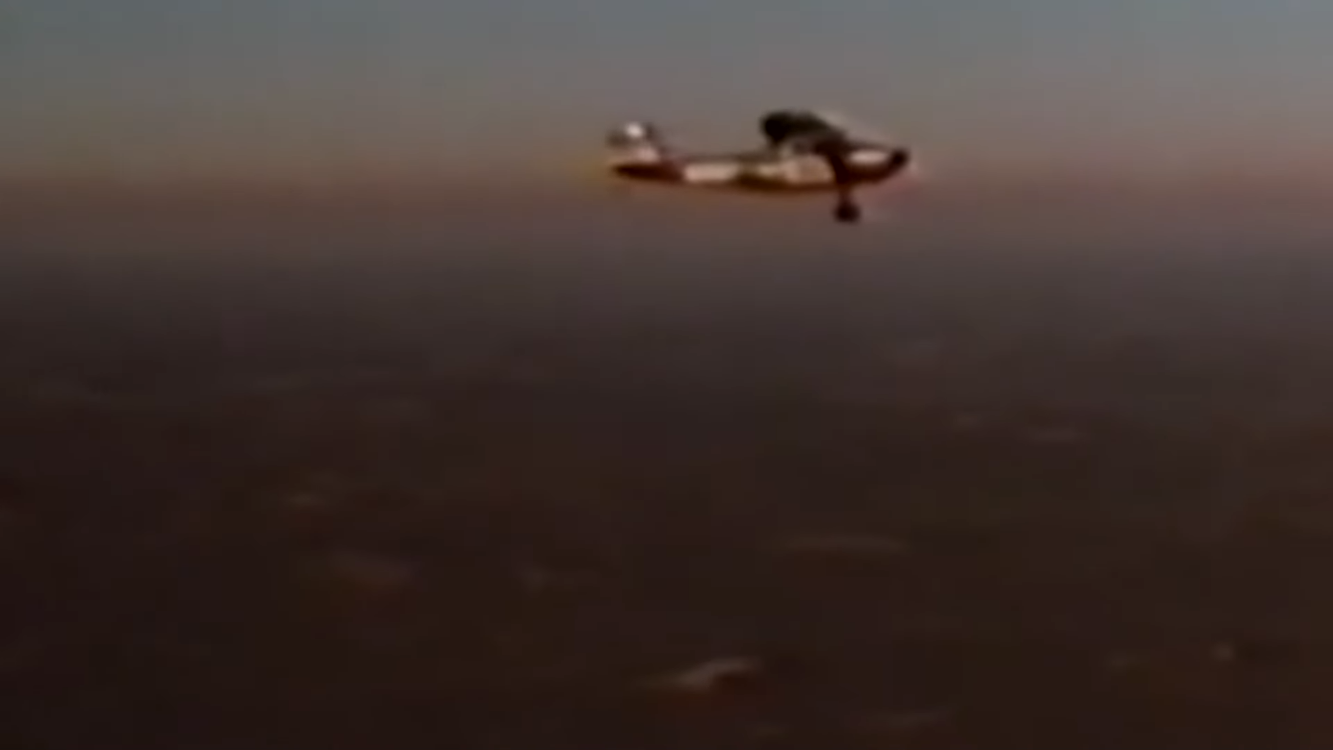
His only goal was to reach open water before enemy troops overran the remaining airfields.
The Bird Dog
The O-1 Bird Dog had been designed in the late 1940s as a light observation and liaison aircraft. It offered exceptional visibility through its windowed fuselage and high wing, which made it useful for artillery spotting, reconnaissance, and search operations.
Although rugged and easy to handle, the Bird Dog lacked armor, carried limited weapons, and could fly only about 500 miles. Its fixed landing gear made water landings impossible, and its simple radios depended on equipment that Major Buang did not have.
Operation Frequent Wind
Meanwhile, Operation Frequent Wind was underway. The USS Midway was rescuing thousands of evacuees as helicopters ferried passengers from Saigon and the surrounding region.

The carrier’s deck was already crowded with Sikorsky Sea Stallions, Hueys, and crews struggling to manage a flow of incoming refugees. Captain Lawrence Chambers directed the operation while trying to keep the deck clear enough for helicopters to land.
A Note From the Sky
As the Bird Dog approached the ship, the crew saw a small object fall from the sky. It was a handwritten note asking that the helicopters be moved aside so the aircraft could attempt a landing. Major Buang had followed a flight of evacuee helicopters and discovered the Midway only by chance. He circled overhead and dropped repeated messages until one was recovered.
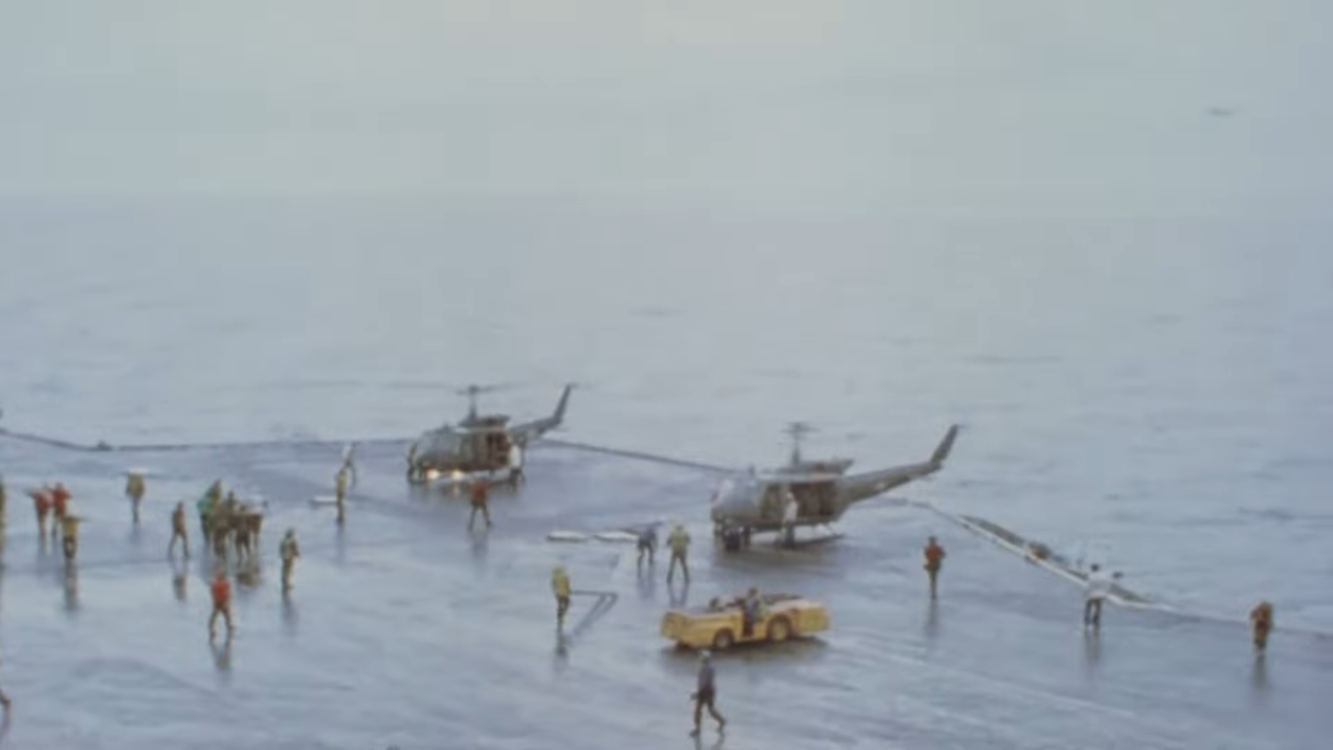
Clearing the deck required drastic action. The crew pushed three empty Hueys and one Chinook into the sea. Five more helicopters landed, unloaded their passengers, and were thrown overboard as well. Captain Chambers believed that he might face a court martial for the loss of equipment, but he continued clearing the deck.
Landing on the Midway
With the carrier turned into the wind, the Bird Dog made two practice passes. On the third, Major Buang lowered his flaps, approached at sixty knots, and touched down. The aircraft bounced once and rolled to a stop halfway across the deck. Marines rushed forward and held it in place so it would not slip toward the edge.
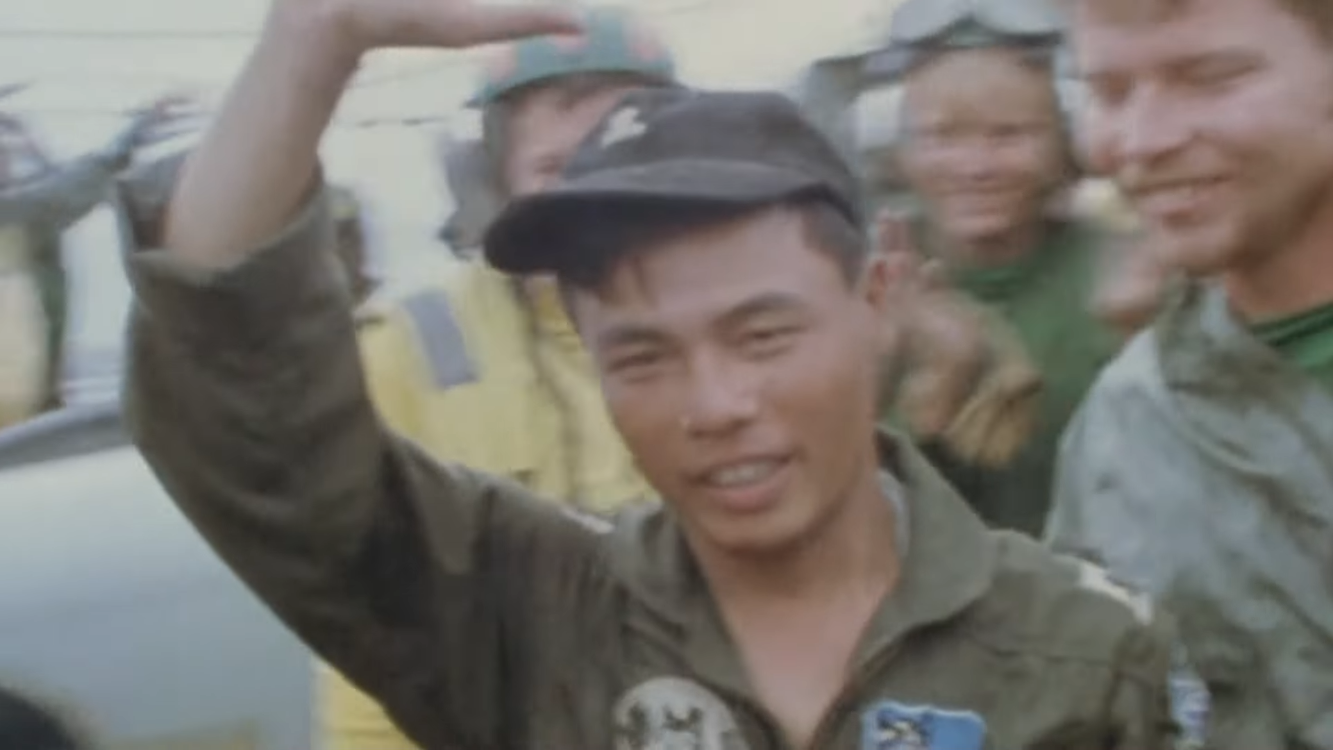
Legacy
The Buang family was later transported to the United States along with other refugees. They eventually became American citizens, and the crew of the USS Midway raised funds to support them during their resettlement. The Bird Dog survives today as an exhibit at the National Naval Aviation Museum in Pensacola, where the family continues to visit the aircraft that carried them to safety.















